There are two pieces to bokeh. The first is what things look like when they are well out of focus (OOF), and the second is how the transition from OOF to in-focus happens. The second is complicated, but the first is very simple. What you see when part of the image is well OOF is each point in the image times the OOF point spread function (PSF, in this case, aka bokeh balls). So you can understand what the bokeh in the OOF regions is gonna look like by looking at the OOF PSF across the frame. After you’ve looked at a few of these images that I’m going to show you here, you can see how the deep-OOF bokeh of just about any lens is going to look like with just about any scene.
The technique that I used to obtain the images below is explained here.
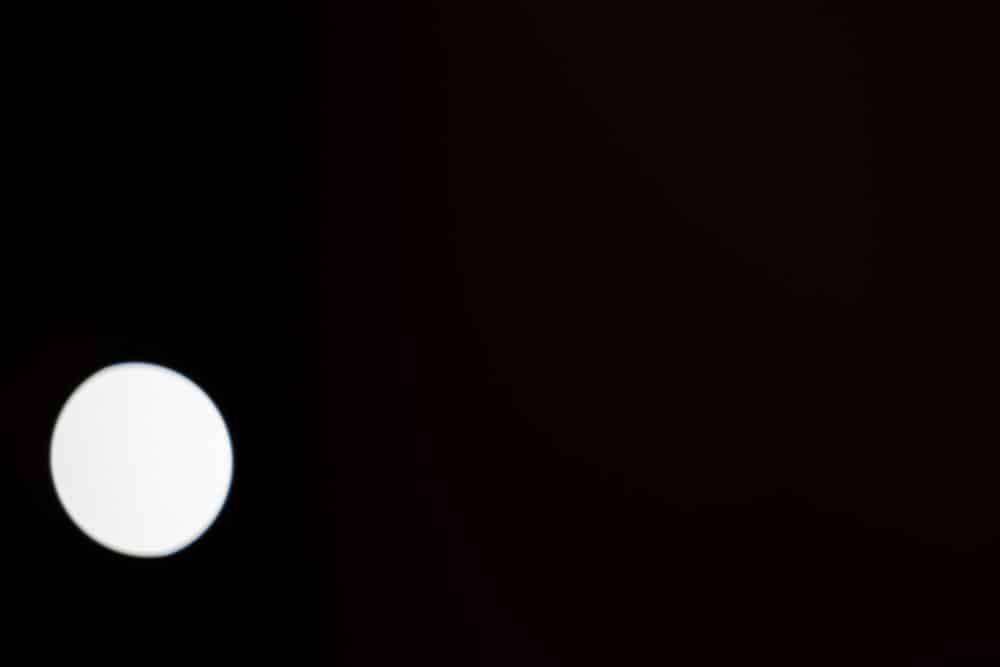
I don’t think I’ve ever seen OOF PSFs from a fast lens as good as these. No onion bokeh. Hardly any mechanical vignetting.
Good show, Nikon!
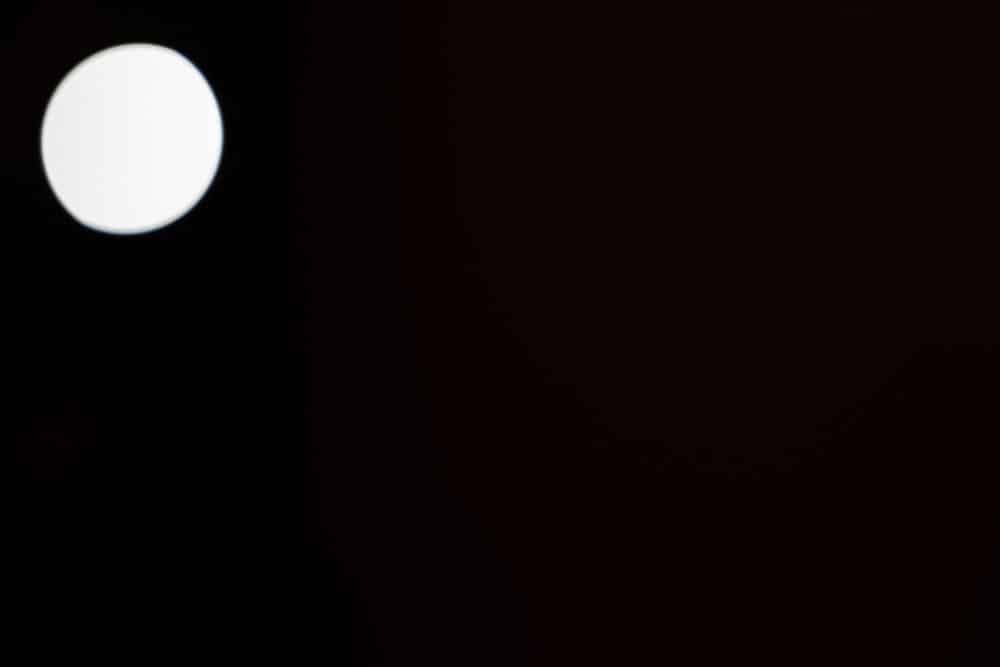
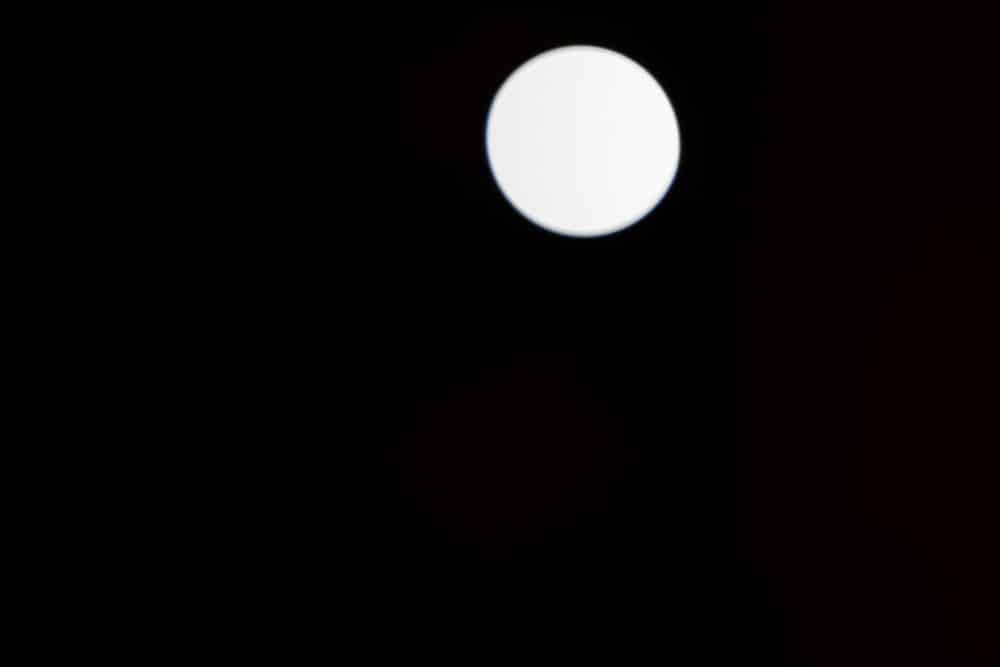
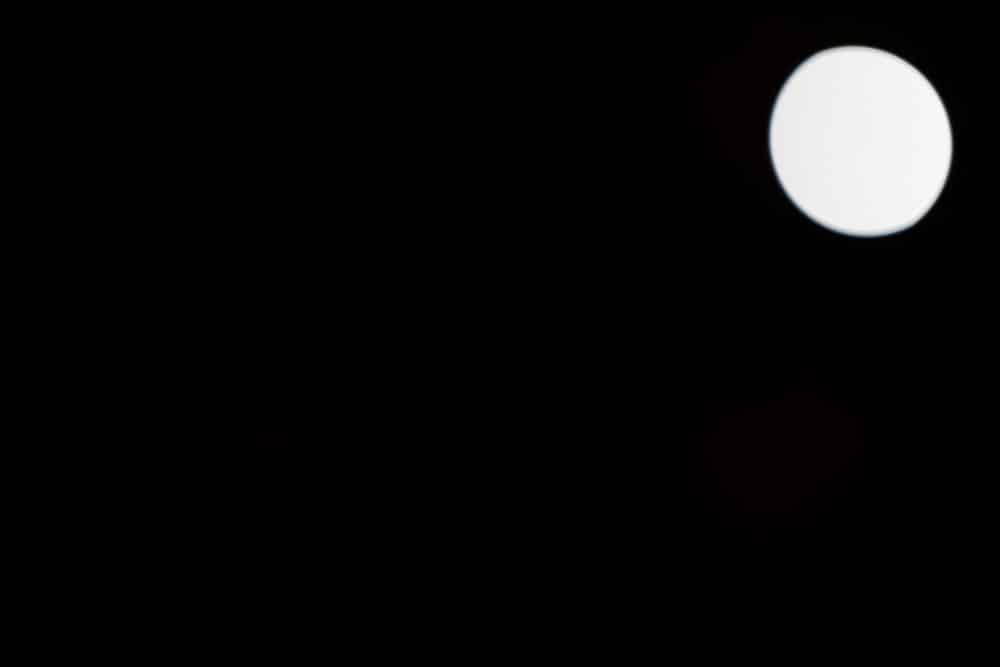
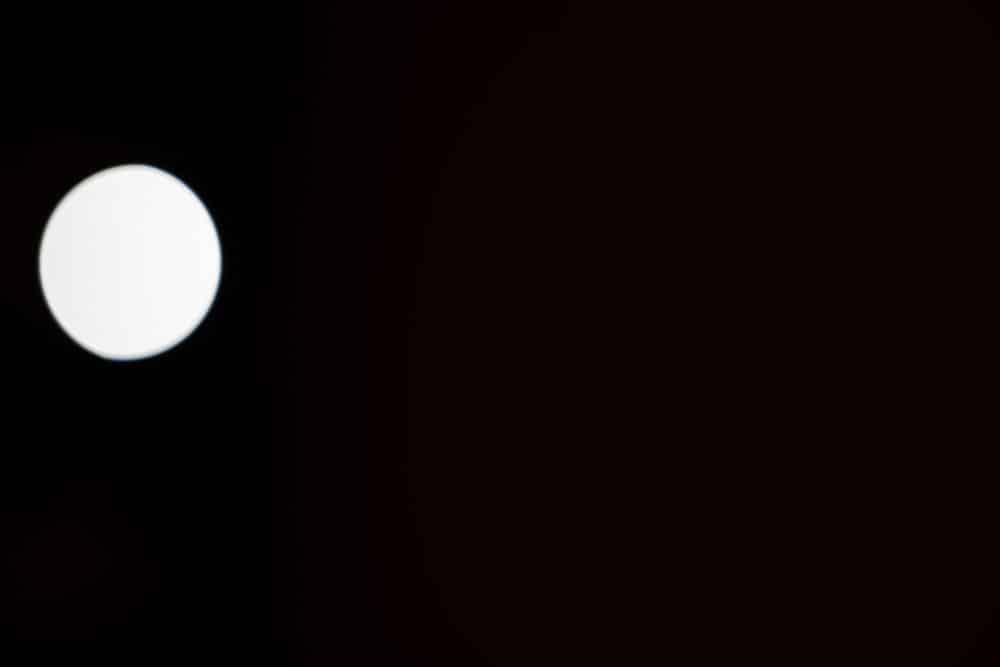
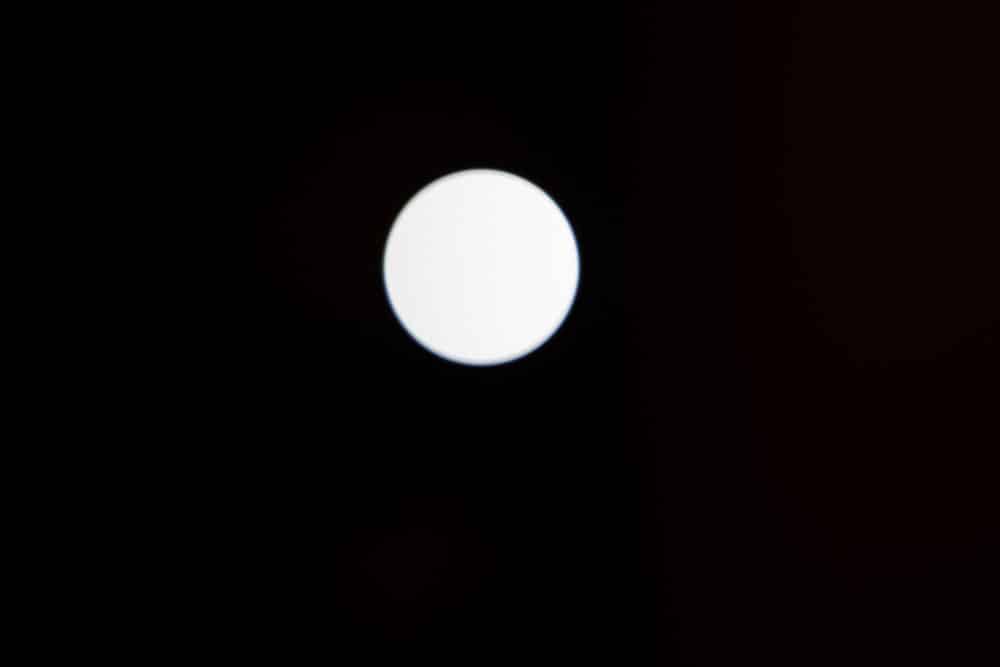
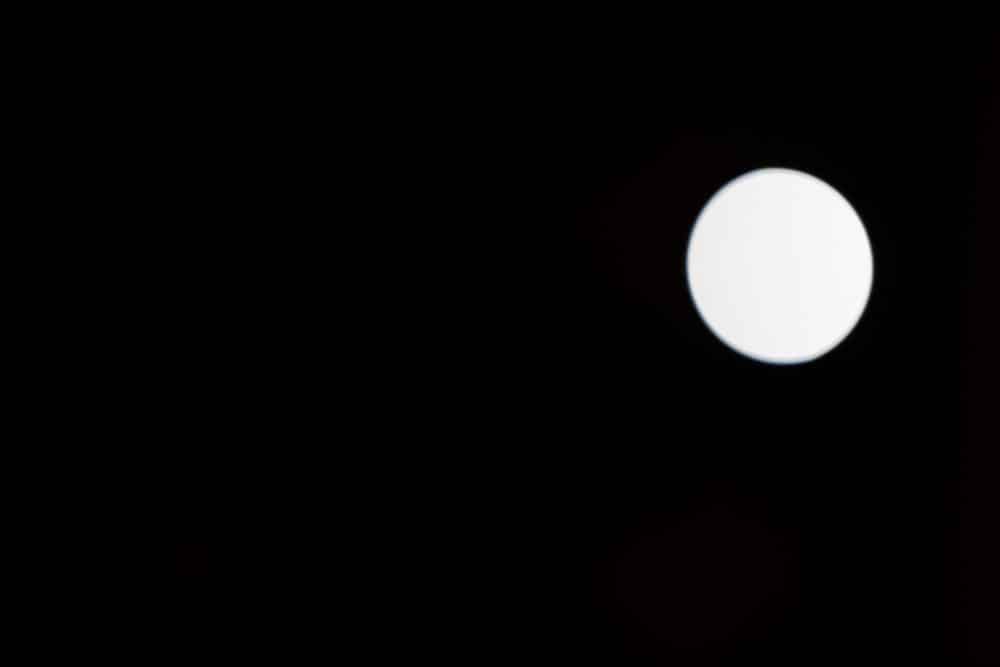
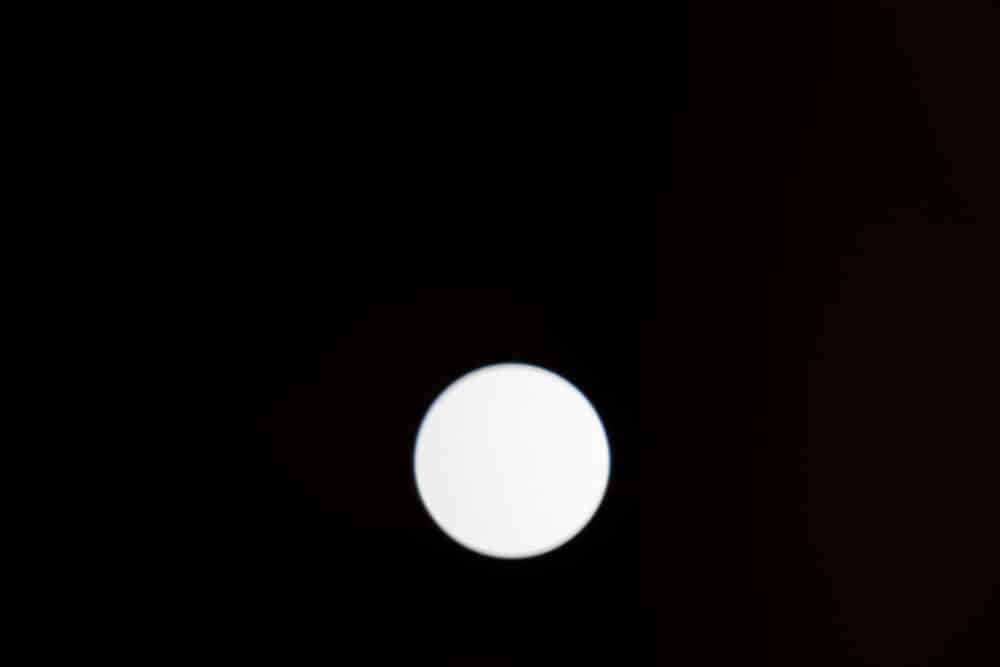
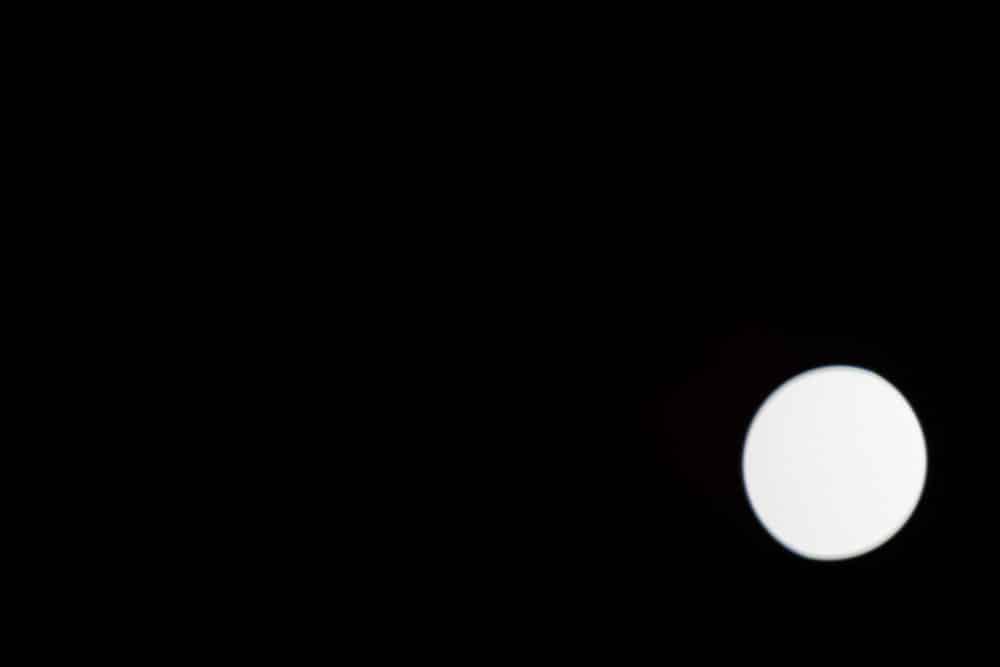
h says
How do you like the lens compared to the zeiss apo sonnar?
JimK says
I’m in the honeymoon period with the Plena, but at this point I really like the lens. It seems to be able to do a lot of what the Apo Sonnar can do and lots of things that the Apo Sonnar can’t do.